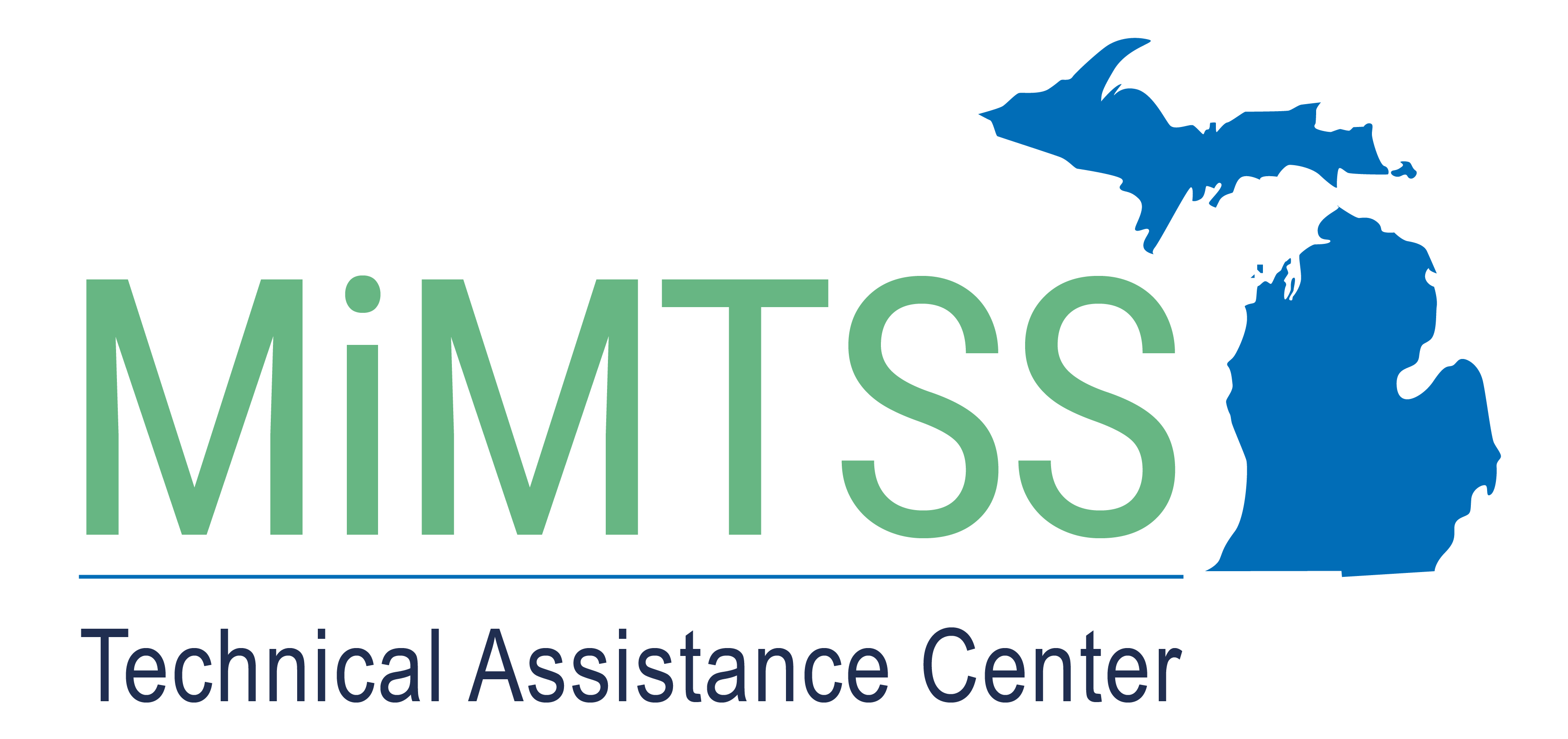When high-quality coaching practices are used with fidelity, it leads to positive changes in teachers’ implementation of Multi-Tiered Systems of Support (MTSS). This change in classroom practices is related to positive outcomes for students and teachers. Classroom coaches play an important role in supporting and sustaining high fidelity of social, emotional, behavioral, and health (SEBH) practices in classrooms. This series provides classroom coaches with the information they need to support SEBH practices through the use of high-quality coaching.
Session 1
Agenda
- Introduction to Collaborative Coaching
- Establishing Collaborative Partnerships
- Wrap Up and Next Steps
Outcomes
- Summarize the components of collaborative coaching
- Identify ways to establish collaborative partnerships with teachers
- Make a plan to get started coaching the Classroom SEBH Instructional Practices Checklist
Session 2
Agenda
- Shared Goals
- Components of an Effective Action Plan
- Putting it all Together
- Wrap Up and Next Steps
Outcomes
- Explain why shared goals are important and how they are developed
- Use information from a strength and needs assessment to develop goals
- Develop a high quality action plan
Session 3
Agenda
- Before the Observation
- During the Observation
- Putting it all Together
- Wrap Up and Next Steps
Outcomes
- Explain why focused observations are important within collaborative coaching
- Practice collecting data and identifying a goal and action plan within the context of a focused observation
Session 4
Agenda
- Reflection and Feedback
- Putting it all Together
- Wrap Up and Next Steps
Outcomes
- Understand how to guide a reflection and feedback session
- Identify a variety of ways to deliver coaching
- Explore next steps for coaching
